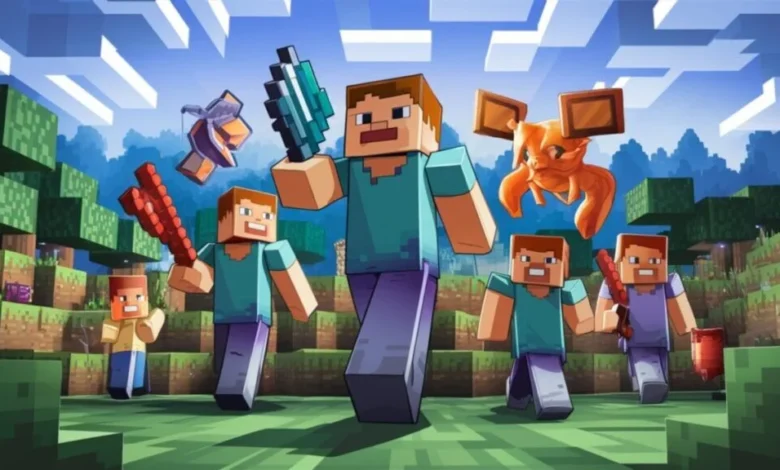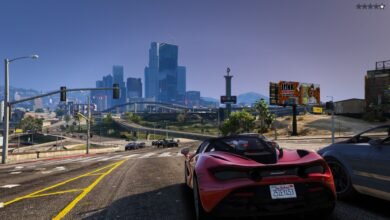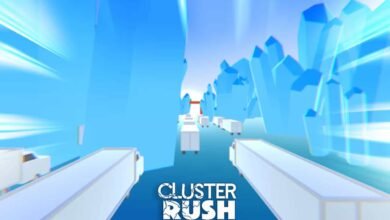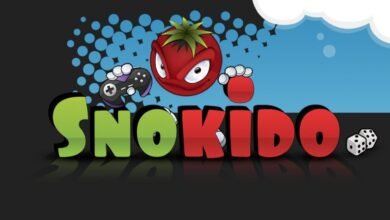Exploring the Charm of Minecraft (2009) Game Icons Banners

Introduction to Minecraft Icons and Banners
The Minecraft (2009) game icons and banners have minecraft (2009) game icons banners become an integral aspect of player expression and identity within the gaming culture. Since its release, Minecraft has transcended being just a game; it has evolved into a phenomenon that fosters creativity and personal customization. The game allows players to cultivate a unique identity through various cosmetic elements, particularly icons and banners, which serve as visual representations of their in-game persona.
Game icons serve as simplified graphical representations that assist players in navigating the complex and immersive world of Minecraft. These icons are not just functional; they reflect the aesthetic values and personal styles of the players. On the other hand, banners are a versatile tool within Minecraft, allowing users to create beautiful designs that can signify clan affiliations, personal branding, or simply showcase artistic flair. The ability to design and customize these game elements fosters a deeper connection between players and the Minecraft universe.
Within this article, readers will gain insights into the rich history and significance of Minecraft icons and banners since their introduction in 2009. We will explore various design choices that have been embraced by the community, the technical aspects of how these items were integrated into the gameplay, and the various ways players have adapted them for self-expression. Additionally, we will delve into personal stories and experiences that highlight the role of these creative tools in shaping the Minecraft community. By examining these elements, one can appreciate minecraft (2009) game icons banners how they contribute to a shared gaming culture, enhancing the experience for all who embark on the Minecraft journey.
The Evolution of Minecraft Icons
The launch of the Minecraft (2009) game marked a significant moment in the gaming community, introducing a block-based world that quickly gained immense popularity. From its inception, the game icons associated with Minecraft have undergone considerable evolution, both visually and functionally. Initially, the icons were simple, reflecting the minimalist aesthetic of the game itself. These early icons represented basic elements such as blocks, tools, and characters, serving primarily as functional elements to guide players through the game.
As the game expanded through updates and community engagement, these icons grew more intricate and diverse. The visual evolution of Minecraft icons reflects the game’s expansion in both gameplay and creativity. For instance, the introduction of new biomes and gameplay mechanics necessitated the creation of new icons that could appropriately convey the unique features of each update. These game icons now represent various facets of the gameplay, including crafting, mining, and combat elements, showcasing the breadth of experiences available to players.
Community feedback has played a crucial role in minecraft (2009) game icons banners shaping the design of Minecraft icons. Players have been vocal about their preferences, leading to adjustments in icon aesthetics and functionalities. This interaction has allowed developers to create icons that resonate better with the player base and enhance the overall gameplay experience. The thematic representation of icons is also noteworthy; many now embody the exploration and adventure spirit inherent in the game, inviting players to delve into new challenges and improve their skills.
In summary, the evolution of Minecraft game icons since 2009 highlights a journey from simple designs to elaborate representations that capture the game’s expansive universe. This adaptability not only enhances the gaming experience but also reflects the engaged and collaborative nature of the Minecraft community.
Creating Your Own Minecraft Banners
Creating personalized banners in the Minecraft (2009) game can be a fulfilling way to express creativity and showcase individuality. The process begins with gathering the necessary materials, primarily wool and a stick. Any color of wool can be used, as each hue contributes to the overall design of the banner. Players can obtain wool from sheep or craft it from string, minecraft (2009) game icons banners ensuring they have a variety of colors at their disposal. Once the materials are collected, players can open their crafting table to start the banner-making process.
To craft a basic banner, players will need to place six pieces of wool in the vertical column of the crafting grid, with a stick positioned in the middle of the bottom row. After crafting the initial banner, players can begin to add patterns. The game offers a selection of predefined designs such as stripes, crosses, or symbols, which can be applied using different dyes. Every pattern has a specific recipe, accessible through the crafting menu, which allows for significant customization possibilities. Players can combine various patterns and colors, ensuring that each banner can reflect their personal style.
For those looking to push the boundaries of their creativity, advanced techniques include layering patterns and utilizing dyes more strategically. By mixing and matching different elements, players can create intricate designs that make their banners stand out. Additionally, some players have taken inspiration from famous entities and designs outside of the Minecraft world, incorporating ingenious themes into their banners. Exploring the community’s shared resources and examples can motivate players to take their banner design skills to the next level. Custom banners not only serve as dynamic decorations within the game but also provide a sense of ownership and pride, reflecting the personal journey players have undertaken in the Minecraft (2009) experience.
Icon and Banner Usage in Multiplayer and Community Settings

In the realm of the Minecraft (2009) game, icons minecraft (2009) game icons banners and banners play a pivotal role in enhancing the multiplayer experience. They serve as distinctive markers representing server identity and player representation, facilitating a sense of belonging among participants. Each server often utilizes specific icons to create a unique visual language that resonates with its community, making it easier for players to identify their preferred environments. This visual association is essential for players as they navigate through various multiplayer realms, ensuring they can connect with like-minded individuals.
Banners, in particular, are significant in this context. They not only represent affiliates or factions within the game but also convey critical information about group ideals and achievements. Players often design and display banners that reflect a shared vision or mission, making them a visual tool for camaraderie and communication. For instance, during in-game events or tournaments, teams commonly use custom icons and banners to promote their collective identity and engage others. This visible representation fosters friendly competition, urging players to innovate and create stunning designs that garner admiration from others.
Moreover, numerous community competitions celebrate creativity in icon and banner design, resulting in a myriad of unique interpretations of the Minecraft (2009) game icons. These competitions often highlight the artistry and personal expression of players. Events such as these not only invigorate the community but also encourage collaboration amongst players of varied skill levels, resulting in diverse interpretations that contribute to the evolving landscape of the Minecraft ecosystem. In essence, icons and banners are not mere decorations but vital elements that enhance player experience, strengthen community bonds, and showcase the remarkable creativity that defines the Minecraft universe.



